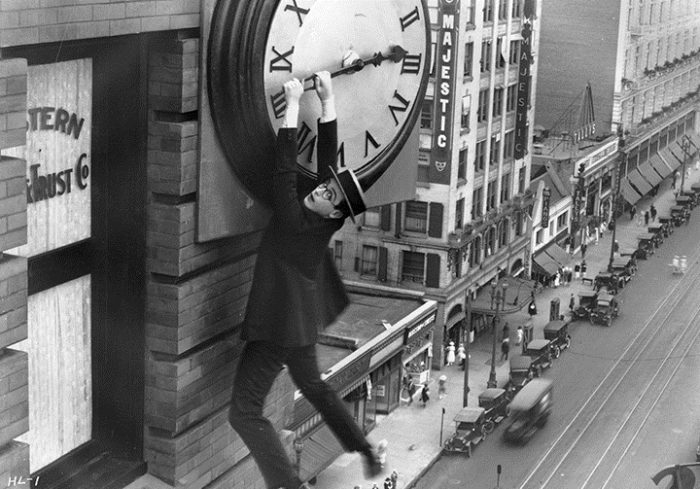Published in the Nikkei Asian Review 3/3/2018
U.S. President Donald Trump seems to enjoy creating confusion. One day, he is slapping penalty tariffs on imported steel and aluminium and exulting in the prospects of a trade war, which he describes as “good and easy to win.”
Another day, he is musing about re-joining the Trans-Pacific Partnership, an ocean-spanning, tariff-cutting and standard-setting agreement with significant geopolitical implications.
One of Trump’s first acts as president was to withdraw from the nascent pact, but recently hints have been dropped by U.S. Treasury Secretary Steven Mnuchin and Trump himself that re-joining is “on the table.”
If Trump did reverse his position, it would be a huge win for Japanese Prime Minister Shinzo Abe, who has kept the agreement on life-support after the U.S. exit, and Australian Prime Minister Malcolm Turnbull, who has sought to persuade Trump of its benefits. For both countries, keeping the U.S. engaged in the region is of vital national concern. Many other member countries would welcome American participation as an alternative to absorption into the Chinese sphere of influence.
Japan was a late and reluctant participant in the TPP and its emergence as the de facto leader is a remarkable turnaround, given the country’s previous reputation for insularity and “closed markets.” It is also the first time that Japan has taken a major regional initiative without U.S. participation or support.
In terms of pure economic effect, the major beneficiary of a revived TPP would be Vietnam. Exports of textiles and seafood products would be boosted by tariff cuts in major markets such as the U.S. and Japan, and there would likely be a surge in related foreign direct investment. For Japan, there would be positive economic impact of another sort. Contentious reform initiatives that might otherwise founder against domestic opposition could be pushed under the time-honoured pretext of gai-atsu — “pressure from outside.”
As would be expected from Trump, the talk is of negotiating a better deal. Some such “wins” would be essential for the sake of domestic political presentation, given that TPP had little support among the American public and was effectively abandoned by one of its chief sponsors, former Secretary of State and presidential candidate Hillary Clinton. Indeed, opposition to TPP was never a Republican position, but one that Trump borrowed from the anti-corporate American left.
Trump could have pushed for renegotiation on assuming office. What has happened in a year to make him change tack? The answer, clearly, is a growing wariness amongst his advisors and the American policy establishment in general of China as a long-term strategic threat. For the unwritten logic of the TPP was always to keep China, or at least China as it is today, on the outside.
As Japan’s ex-minister for TPP, Akira Amari, put it in an understated way in a recent interview: “China is trying very hard to get its own rules recognized as the standard. But those are a bit different from what Japan, the United States and Europe see as fair. I don’t think the U.S. can accept them as the global standard.”
China reverts to dictatorship
The stark reality is that any hopes that a wealthier China would inevitably converge with Western notions of political governance and freedom of expression — common in Washington earlier this century — now look hopelessly naive. On the contrary, China’s success in growing its economy whilst challenging Western norms has offered a different model to other countries in the region.
Asian governments which have cracked down on the press and opposition parties recently will have drawn succour from the Chinese example. Autocrats everywhere will have been inspired by Xi Jinping’s recent move to tear up the rulebook on presidential term limits and effectively set up a dictatorship.
It is much the same in foreign affairs. North Korea’s intransigence in the face of Western sanctions owes much to its confidence that at the end of the day China will always have its back. Just as the Obama administration’s passivity allowed China to defy the international community and build a chain of military-use artificial islands in the South China Sea, so the Trump administration looks impotent as North Korea continues with its development of nuclear strike capability.
The unmistakeable impression is that American influence in the region is in rapid decline.
The UK to go Trans-Pacific?
A U.S. re-entry to TPP could significantly change this dynamic. Even without the presence of the huge American market, Thailand is considering joining the slimmed-down version. Yet, as academic and former official of the Taiwanese Ministry of Foreign Affairs Dr. Huang Kwei-Bo put it, “a TPP without the U.S. is like a tiger without teeth.” It is the difference between an agreement that covers 40% of world gross domestic product and one that covers 15%. In the event of the U.S. rejoining, it is likely that Indonesia, Taiwan, Colombia and the Philippines would sign up too.
A wild card entrant could be the post-Brexit U.K. According to media reports, the British government is exploring the possibility and informal discussions have already been held. Admittedly, London is a long way from Auckland, where the pact was originally signed, but then, so is Ottawa. Add all this together, and TPP Mark 2 could turn out to be a bigger deal than the original.
Would the existing members accept an American renegotiation? In all likelihood, yes. After all, access to the American market was a key attraction for many of the smaller countries and for Japan, by far the biggest current member, commercial benefits were never the main point anyway.
The future of the TTP is something of a test case for the future of the Asian region. Does it fade away and China’s new, status quo-defying standards prevail, as Akira Amari fears? Or can it reconfigure and thrive?
The next move in this 21ST century version of the “Great Game” is up to the mercurial figure of Donald Trump.

